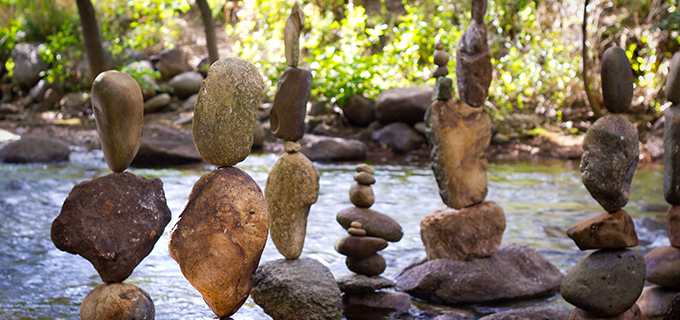Form:Meetingregistration: Difference between revisions
No edit summary |
No edit summary |
||
| Line 79: | Line 79: | ||
<div class="col-sm-4" style="valign:bottom;"> | <div class="col-sm-4" style="valign:bottom;"> | ||
<center><br><div class=AutoScaleImage> | <center><br><div class=AutoScaleImage> | ||
[[image:Nsf_logo.jpg| | [[image:Nsf_logo.jpg|100px|link=https://www.nsf.gov/]]</div> | ||
</center><br> | </center><br> | ||
</div> | </div> | ||
<div class="col-sm-4" style="valign:bottom;"> | <div class="col-sm-4" style="valign:bottom;"> | ||
<center><div class=AutoScaleImage> | <center><div class=AutoScaleImage><br><br> | ||
[[image:CSDMS_high_res_weblogo.jpg|400px|link=]]</div> | [[image:CSDMS_high_res_weblogo.jpg|400px|link=]]</div> | ||
</center><br> | </center><br> | ||
Revision as of 18:56, 18 October 2017

Registration
Registration will open soon.
Introduction
A workshop focused on Coupling of Tectonic and Surface Processes (CTSP) will be held from April 25-27, 2018 and is intended to survey both questions and state of the art numerical techniques that simulate surface processes and long term tectonic (LTT) processes in an attempt to define a framework for the development of efficient numerical algorithms that couple across multiple length and time scales. This workshop will provide a unique opportunity for researchers to develop collaborations and proposal ideas and by doing so enhance and increase the impact of both the LTT and CSDMS communities. We expect a broad and diverse audience drawn from domestic and international research communities, including graduate students, post-docs, and early career scientists, who are interested in coupling landscape evolution to tectonic processes.
The workshop will occur over 2 ½ days at the University of Colorado (Boulder) and will soon be open for applications. The first two days will be dedicated to a survey of existing questions and numerical techniques and challenges through a combination of breakout discussions and presentations by leading experts in the field. The last ½ day will be dedicated to developing a white paper that outlines different mechanisms through which the LTT and surface processes communities can collaborate to tackle the science questions and the numerical challenges defined over the first two days. The hope is that such a white paper will serve to set the stage for new educational and method development efforts, including the submission of a NSF Research Collaboration Network proposal.
Important dates
- Late November: Applications are opened
- January 15th: Application deadline
- February 1st: Successful applicants are invited to confirm participation
- February 15th: Deadline for confirmation of attendance
- Late March: Final meeting agenda is released


